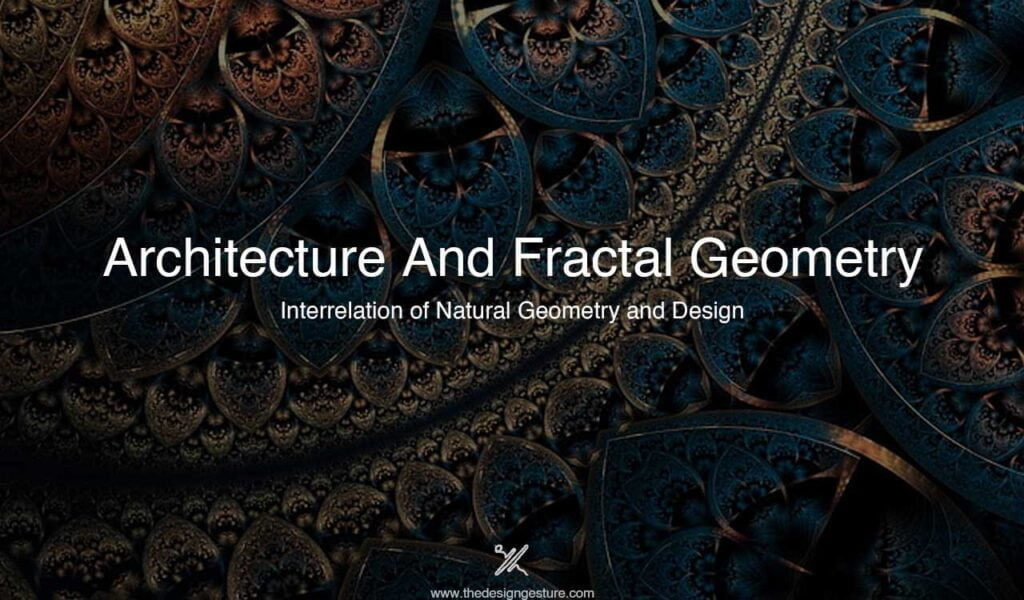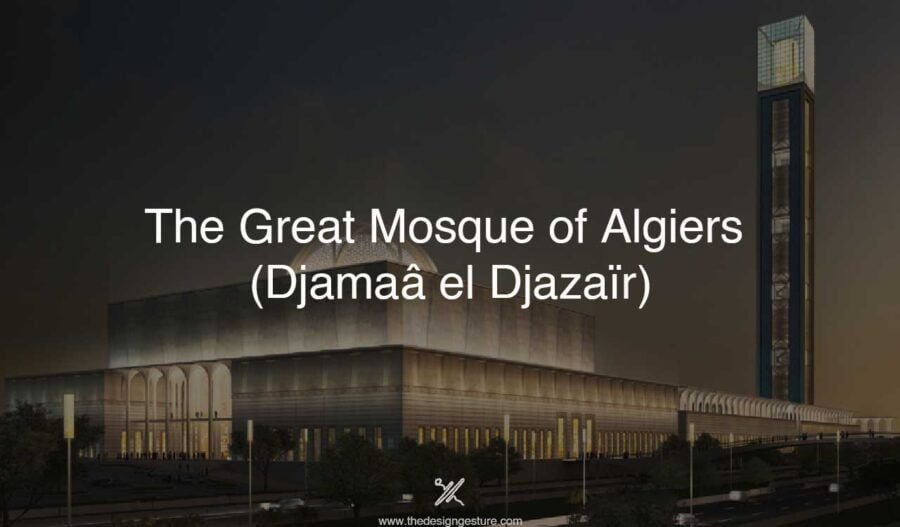Table of Contents
Introduction
When we think of geometry, the first and the most important name is Thales of Miletus, a mathematician living in the 6th century BCE. He is regarded as the father of geometry and began the process of using deduction from first principles. It is said that he traveled to Egypt and Babylon and sought geometric techniques from them. And from there, other developments in geometry were there, such as Pythagoras, Euclid, Archimedes, and Apollonius of Perga (262-190 BCE).
In this world, everything is associated with geometry, and the beauty of its proportion and rhythm gives us a sense of appreciation for what we are surrounded by. The simple amalgamation of lines, points, circles, squares and other shapes brings out the most creative and functional forms whenever needed. Majorly we have been using Euclidean geometry, but with time, other aspects developed and geometries, such as projective, perspective, cartesian, trigonometry, fractal, and differential evolved.
Many designers, artists, and architects apply such geometric principles in their designs. Le Corbusier’s design philosophy revolved around proportion and harmony. He believes in the mathematical order of the universe and nature, which are connected to the Fibonacci Series and the golden ratio. Many such notable buildings using geometric proportions could be seen. The Taj Mahal, Agra, India displays such Mughal architecture, which has particular mathematical order and symmetry and harmony through golden ratio.
Fractal Geometry, what is it?
What is Fractal? Fractals have many connotations in different fields, such as mathematics and architecture, and are interrelated to one other. So by definition, A fractal is a type of mathematical shape that is infinitely complex. They are a pattern that repeats forever, and every part of the fractal, regardless of how zoomed in or zoomed out looks very similar to the whole image. In other words, from part-whole and whole to part appears the same.
They are surrounded by many aspects of our life and major categories include:
- Fractals in Nature
- Fractals in Computers
- Fractal Shapes
- Fractal in Math
- In 3D Modelling
- In Information and Data Management
- In Computer System Architecture
- Other Areas of Technology
- In Physical Structure
- In Time, Sound, Art, Law
The term Fractal was coined by Benoit Mandelbrot, which showcases the commonly seen Mandelbrot Set. Below are some examples of fractals found in nature.
Fractal in Trees-
The most evident fractal patterns are seen in the branching pattern, which varies in scale, thickness, and proportion, but the pattern could be deciphered.
Fractal in Animal Bodies-
Just like the branching pattern in a tree, the human respiratory system illustrates the patterns where each vein expands into a much more fine-grained network.
Fractal in Snowflakes-
The geometry of snowflakes is unique and complex and the fractal patterns can allow for incredible amounts of detail and also variation. As the crystal expands, fractal structures are formed in each direction.
Fractal in Plants and Leaves –
Some vegetables like broccoli, pineapple, and many other vegetables and plants have similar patterns. These structures allow for the easy distribution of liquids and other life-sustaining materials to travel through the plant and support the life of every cell. One such example is broccoli which has structures of spires that emanate from a single source that in turn have spires that continue to the tip of the plant.
Fractal Geometry in Architecture
Unlike fractal patterns found in nature which have accuracy and detail to its infinity the fractal geometry in architecture could not be replicated but could only be seen in the components. Hence, the concept of Self-similarity in Architecture could be explored in which the same shapes are repeated in different portions more than four times. This could be further classified into two types:
- Unintentional – Where the fractals are just used for aesthetics (E.g. Hindu Architecture)
- Intentional- Where the fractal components are used in a very specific and conscious act of design. (E.g. Modern Architecture)
It is interesting to note that different cultures and their architectural style and self-similarity follow the fractal principles, but each in a different manner.
Hindu Architecture – Temples
The most fascinating structure that has the presence of fractals is the Hindu temples. They express the artistic side of Hinduism. It reflects upon the life cycle of humans and the relationship between their ideals. In the older culture, it was said that the mountains prefigure the sacred sanctuaries around the world, and in mythology, the cosmic mountain named Meru is the center of the universe, therefore the “mountain Peak” or “crest” often known as shikhara is the superstructure of the temple and the curved contours of these superstructures and arrangement reflects the mountains, which could be seen as the fractal component.
There is still not much study of what is the significance of these patterns beyond the aesthetic appeal, but due to recent fractal software development, we are now able to partially understand the deep relationship between the construction and physical manifestation of Hindu temples. In many practical applications, temporal and spatial analysis is needed to characterize and quantify the hidden order in complex patterns, fractal geometry is an appropriate tool for investigating such complexity over many scales for natural phenomena.
The fractal geometry translates the beauty of complexity as well as the architect’s idea of dynamism. One such example is Sun Temple, Modhera. Where it reflects the process of the universe and its energy through the building. The relationship between fractal geometry and Hindu temple architecture is that not only does the physical form of the temple confirm the geometry of fractals, but also the theory behind fractal geometry is the fractal concept is parallel to the concept and idea of temple and philosophy. The parameters of replication in multiple iterations, self-similarity, dynamics, and complexity at varying scales are the ones that render Hindu temples fractal-friendly, hence the base for the fractal analysis.
Western Architecture
The oldest handmade fractal object is found in the Cathedral of Anagni (Italy) built in the year 1104. The floor is mosaics and each is a form of Sierpinski gasket fractal. Gothic architecture also has the presence of self-similarity. The term gothic was first used during the later Renaissance by Italian artist Giordio Vasari.
This fractal geometry could be traced back to the very primitive stages of built forms and different cultures such as Africa where author Ron Eglash in his book African Fractals (1998) illustrated beautiful examples of African Architecture and design and stated that it reflects both social and religious structure of the settlement. One such example could be also reflected in the settlement of Ba-ila in 1944 situated in Southern Zambia (Africa). The settlement as a whole has the shape of rings, where each extended family’s home has a ring-shaped livestock pen with a gate on one end. The size of the houses is according to age and authority, where the father’s house is the largest.
Iterated Function System
There are many ways to evaluate the fractal, one of the methods is of Iterated Function System and this could be easily observed in Gothic Architecture. The Duomo (1386-1577) is the biggest and the largest late gothic architecture in Italy. The cathedral is white marble, over brick core ad has a cruciform plan. It was designed to accommodate 40,000 worshipers. The facade of this cathedral has fractal patterns.
Another example is Santa Croce, the church of the Franciscans in Florence. The construction began in the 1294 period when during the transition from Medieval times to the Renaissance. It was designed by Arnolfo di Cambio (1240-1302) and was finished in 1442 with the exception of the 19th-century Gothic Revival facade and campanile. The church is simple Basilica style with a nave and two aisles. With the help of analysis and the dissection of triangles, to find the IFS connected to the church. This iterated function system applied to the gothic cathedrals could also be used in different complex buildings.
Conclusion
We have always been connected to geometry and geometry has been the basis of everything and our day-to-day lifestyle. The application of such complex yet sometimes simple and beautiful is to be found everywhere. The best we can do is to observe and learn from nature.
From the primitive time, we have adapted, discovered, iterated, and succeeded in applying the basics of geometry to either solve problems, produce the finest aesthetics or connect it with symbolism and enrich the respective cultural associations with it. The geometry of fractals is one such thing where across the world in different parts people have applied the principles of it intentionally or unintentionally and we to this day admire it and are still in awe with some marvelous piece of architecture.




